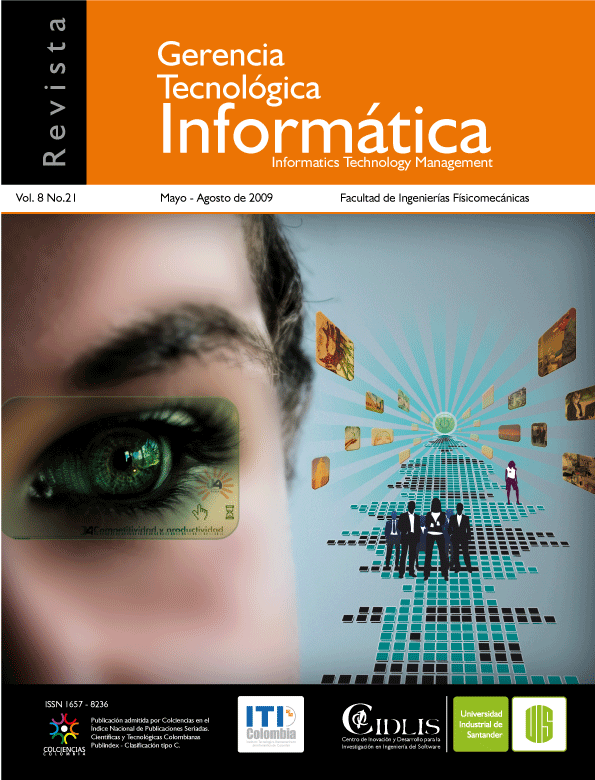Publicado 2010-08-02
Cómo citar
Resumen
RESUMEN
La gestión probabilística de riesgos es una herramienta eficaz para la identificación y análisis de los riesgos que pueden afectar el desarrollo exitoso de un proceso. Este análisis, está enmarcado en un sistema de gestión de los eventos identificados que permite documentar y realizar un adecuado seguimiento y control.
PALABRAS CLAVES: Árbol de fallas, diagrama de secuencia de eventos, gestión, riesgos, probabilidad.
ABSTRACT
Probabilistic Risk Assessment is a Powerful tool for analisys and identification of risks that can affect a process. This analisys is enclosed in an event management system that allows documenting, tracking and control.
KEYWORDS: Fault tree, event sequence diagram, management, risks, probability.
Descargas
Referencias
- Stamatelatos, Michael, et al. “ProbabilisticRisk Assessment Procedures Guide for NASAManagers and Practitioners”. Oficce of Safetyand Mission Assurance, Nasa Headquarters.Manual de procedimientos. Washington D.C.Agosto de 2002.
- Kumamoto,Hiromitsu. Henley, Ernest.“Probabilistic Risk Assessment andManagement for Engineers and Scientists”.Second Edition. ISBN 0-7803-6017-6. IEEEReliability Society. IEEE PRESS. New York, EE.UU.1996.
- W.E. Vesely, F.F. Goldberg, N. H. Roberts, D.F.Haasl. “Fault Tree Handbook”. U.S NuclearRegulatory Commission. Nureg-0492. WashingtonD.C. 1992.
- BS ISO/IEC 27001:2005. InformationTechnology-Security Techniques-InformationSecurity Management Systems-Requirements.British Standars. Versión Electrónica. 18 deOctubre de 2005.
- “Systems Security Engineering Capability MaturityModel”. SSE-CMM. Versión 3.0. Carnegie MellonUniversity. Junio 15 de 2003. http://www.sei.cmu.edu/
- CobIT 4.1. IT Governance Institute. ISBN 1-933282-72-2. United States. 2007. www.isaca.org
- CobIT Mapping:Mapping of ITIL with CObIT 4.0.IT Governance Institute. ISBN 1-933284-77-3.United States. 2007. www.isaca.org
- Enterprise Risk Management IntegratedFramework. Committee of SponsoringOrganizations of the Treadway Commission-COSO.2004. www.isaca.org
- Association of Insurance and RiskManagers(AIRMIC), ALARM(National Forumfor Risk Management in the Public Sector) andInstitute of Risk Management(IRM). A riskManagement Standard. Londres, 2002.
- AS/NZ 4360:2004. Risk Management systemsStandard. Australia and New Zealand. 2004
- Williams, Graham. “Management ofRisks(M_o_R):The facts v1.0 Office of GovernmentCommerce. U.k 2007.”
- ISO/TMB WG on Risk Management-Guidelinesson Principles and Implementation of RiskManagement. June 2007
- Yang. Guangbing. “Life Cycle ReliabilityEngineering” John Wiley and Sons. Inc. 2007.
